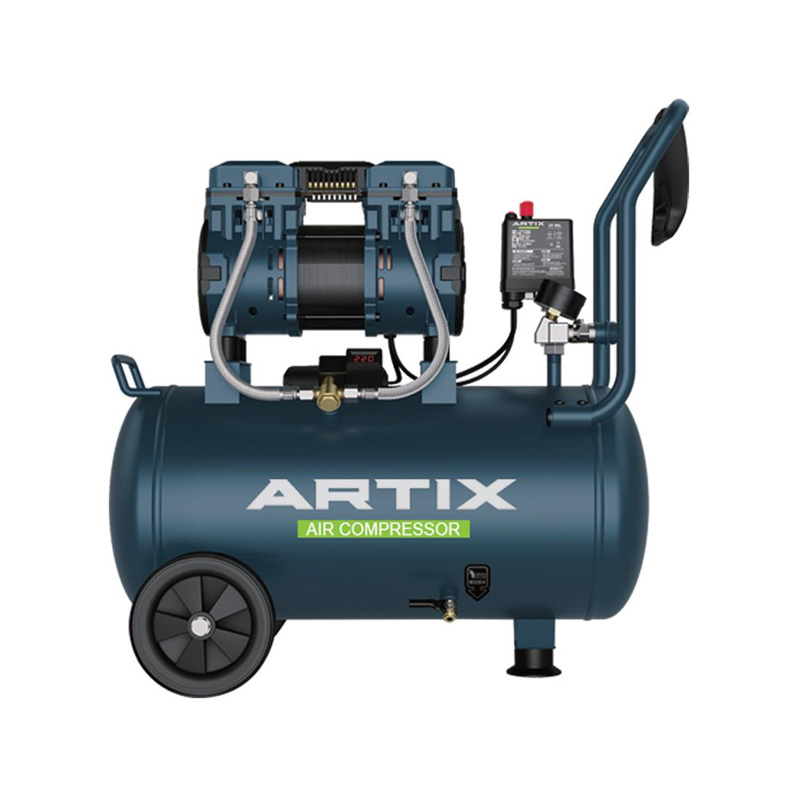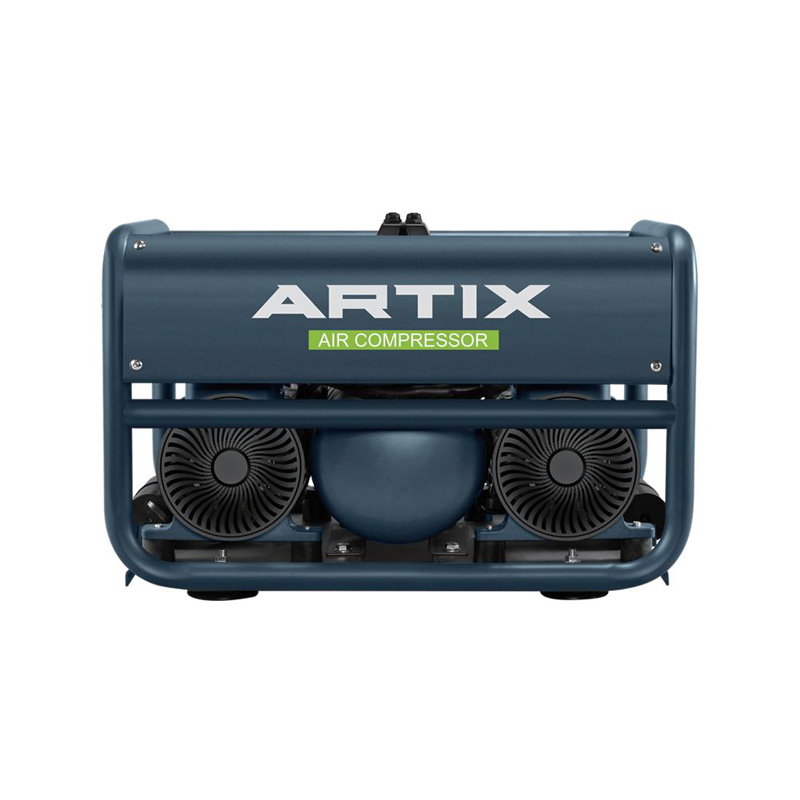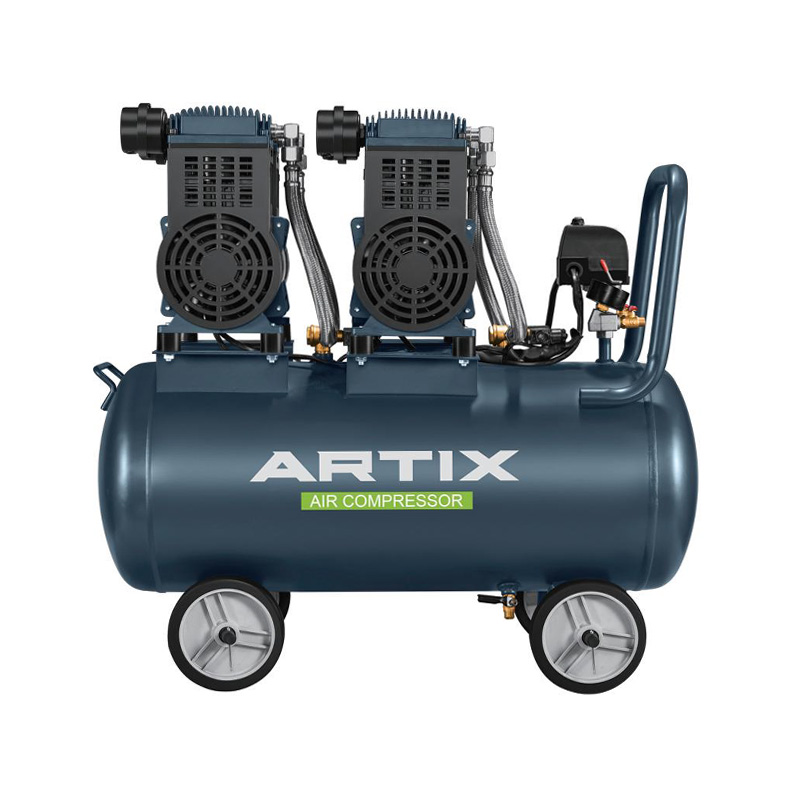Modern industrial facilities place a high premium on lowering maintenance requirements while maintaining a steady supply of compressed air. Industrial oil free air compressor systems paired with direct driven air compressors have gained attention for their ability to lower upkeep requirements and improve operational uptime. This trend is reshaping how factories manage their compressed air infrastructure.
1. Why Maintenance Reduction Matters in Industrial Settings
Maintenance downtime can cause significant production losses and increase operational costs in factories. Traditional air compressors often require:
Frequent inspections and preventive maintenance
Belt replacements and tension adjustments
Oil changes and filtration system upkeep
Monitoring and replacing worn parts such as bearings and seals
These tasks not only increase labor costs but also create risks of unexpected breakdowns that disrupt production schedules. Moreover, maintenance complexity can affect workplace safety due to equipment malfunctions.
Now that you recognize these challenges, it’s clear why many factories actively seek compressors that simplify maintenance routines and improve reliability to reduce total cost of ownership.

2. How Direct Driven Air Compressors Lower Maintenance Needs
Direct driven air compressors connect the motor shaft directly to the compressor pump, eliminating intermediate transmission components such as belts, pulleys, and gearboxes. This design offers several maintenance advantages:
Fewer moving parts: With fewer components subject to wear, there are fewer failure points to address.
No belts or pulleys: This removes the need for belt replacements, tension adjustments, and related inspections.
Simplified mechanical inspections: Maintenance personnel can focus on fewer parts, speeding up service and reducing human error.
Reduced vibration and noise: The direct coupling reduces mechanical stress, extending the life of bearings and seals.
The combination of these features results in longer service intervals, reduced downtime, and lower labor costs for routine maintenance.
3. The Role of Industrial Oil-Free Air Compressors in Maintenance Efficiency
Oil-free compressors enhance maintenance advantages further:
No oil changes or oil filtration systems to maintain
Reduced risk of oil contamination damaging internal components
Cleaner operation preventing buildup and corrosion
Simplified diagnostics without oil-related issues
Together, these features create a more dependable compressed air system that requires less routine intervention.
4. Case Examples: Maintenance Savings with Direct Drive Oil‑Free Compressors
Many factories report measurable benefits after switching to these systems:
Automotive plants reducing belt-related failures and downtime
Electronics manufacturers lowering contamination risk and filter replacements
Food processing facilities simplifying compliance with hygiene standards while reducing maintenance labor
Pharmaceutical companies achieving predictable service schedules and minimizing emergency repairs
To learn more about these benefits, many providers offer case studies and performance data demonstrating maintenance cost reductions.
5. Best Practices for Maintaining Direct Driven Oil Free Compressors
While maintenance demands are lower, some practices help maximize uptime:
Regularly monitor air quality and pressure levels
Follow manufacturer-recommended inspection schedules
Use remote monitoring to detect issues early
Train maintenance staff on specific direct drive and oil free system features
Implementing these steps ensures compressors continue delivering efficient, reliable performance.
The surge in direct driven air compressor adoption is closely linked to factories’ efforts to reduce maintenance complexity and improve operational reliability. When combined with industrial oil free air compressors, these systems offer cleaner, quieter, and more dependable compressed air solutions. Now that you understand how direct drive and oil free technologies cut maintenance, you can explore options that enhance your facility’s productivity and lower total cost of ownership.
For personalized advice or system evaluation, please contact us anytime.





